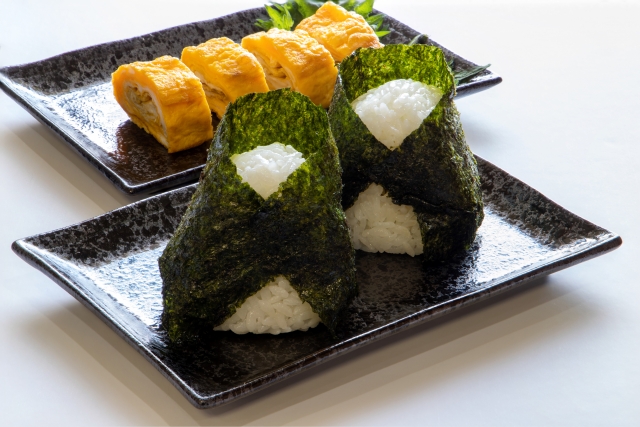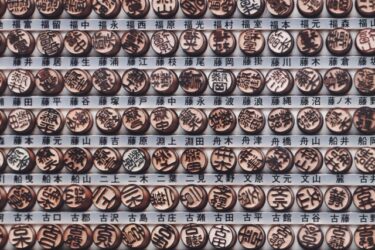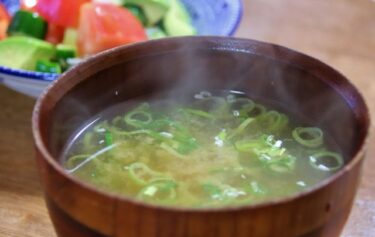When you visit a convenience store (konbini) in Japan, one of the most popular and quick snacks to grab is onigiri, or rice balls. They’re affordable, easy to eat on the go, and come in a wide variety of flavors. Here’s a guide to help you enjoy your onigiri like a local.
1. How to Open and Wrap the Nori
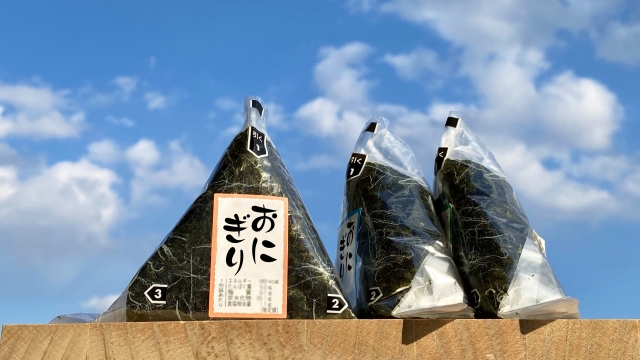
One unique feature of convenience store onigiri is that the nori (seaweed) is separated from the rice by a thin plastic film to keep it fresh and crispy. To properly unwrap and wrap the onigiri:
- Step 1: Look for the numbered tabs. Most onigiri packages are numbered 1, 2, and 3 to guide you.
- Step 2: Pull the first tab downwards, slicing through the middle of the onigiri’s plastic. This removes the inner barrier.
- Step 3: Pull tab 2 to one side and tab 3 to the other side to completely remove the plastic. The nori will automatically wrap around the rice.
This process keeps the seaweed crispy until you’re ready to eat, unlike homemade onigiri where the nori is often pre-wrapped and might become soggy.
2. Types of Onigiri
You can find a range of onigiri in konbini, with some popular types including:

- Umeboshi (Pickled Plum): A classic with a sour plum filling in the center.
- Salmon: Grilled or salted salmon, offering a rich, savory taste.
- Tuna Mayo: A more modern filling with tuna mixed in creamy mayonnaise.
- Konbu (Seaweed): Simmered seaweed provides a slightly sweet, salty flavor.
- Tarako/Mentaiko: Cod roe, either plain (tarako) or spicy (mentaiko), offers a bit of a punch.
3. Regional Differences in Shape
The shape of onigiri can vary depending on where you are in Japan:
- Kanto Region (Tokyo area): Onigiri is typically triangular. This is the most common shape that foreigners associate with Japanese rice balls.
- Kansai Region (Osaka, Kyoto): Onigiri is often cylindrical, like a small log or roll, known as tawara-gata. It resembles the shape of straw rice bales, reflecting the region’s farming history.
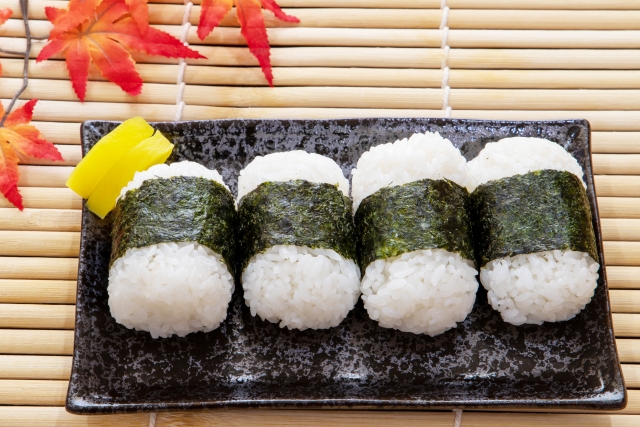
4. Regional Variations in Fillings and Seasoning
Japan’s regions also boast different flavors and ingredients based on local produce and preferences:
- Hokkaido: You might find ikura (salmon roe) or kani (crab) in onigiri, showcasing the region’s rich seafood.
- Kyushu: Here, fillings like karashi mentaiko (spicy cod roe) are popular. Onigiri in this area might also be seasoned with a touch of shoyu (soy sauce) for added flavor.
- Okinawa: Okinawan onigiri often includes local specialties like spam or pork wrapped in rice, reflecting a fusion of Japanese and local culture.
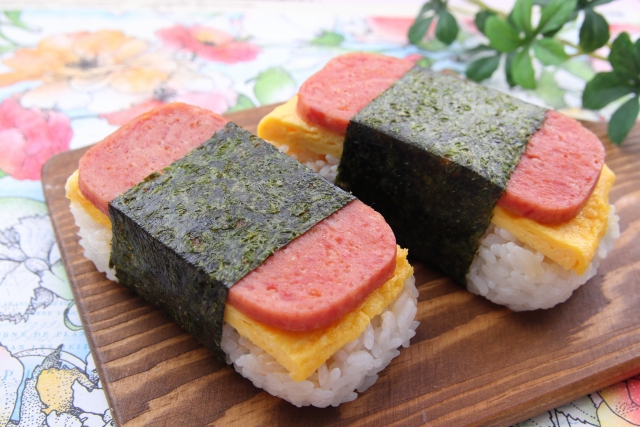
5. Wrapping Variations: More Than Just Nori
While nori is the classic wrap for both onigiri and onigirazu, there are several other unique wrapping options in Japan:
- Tororo Kombu (Shaved Kelp)
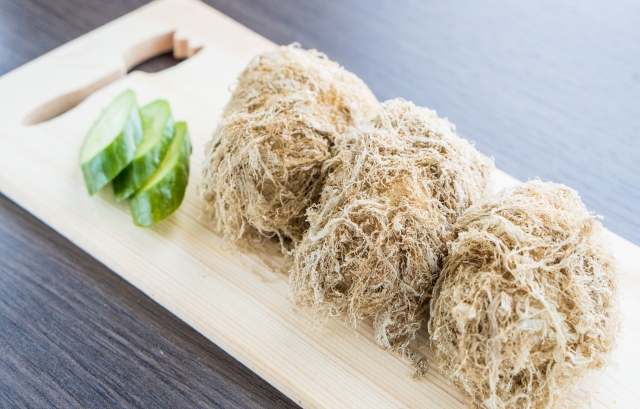
- This is a fluffy, soft form of kombu (kelp) that is often used to wrap onigiri. The tororo kombu adds a slightly tangy and umami flavor to the rice. Its delicate texture also provides a different mouthfeel compared to the crispy nori.
- Pickled Vegetable Leaves

Some onigiri are wrapped in pickled vegetable leaves, such as shiso (perilla) or takana (mustard leaf). These leaves have a refreshing, sometimes slightly sour or spicy flavor, which contrasts nicely with the mild rice. Wrapping onigiri in pickled leaves is more common in rural or traditional areas and highlights the use of local ingredients.
These variations give a different taste and texture to the rice, making each bite a little adventure into regional Japanese flavors. Whether it’s the convenience of onigirazu or the traditional art of wrapping with kombu or vegetable leaves, these snacks offer endless possibilities for flavor combinations.
6. What is Yaki Onigiri (Grilled Rice Ball)?
Yaki Onigiri is a delicious variation of the traditional onigiri where the rice ball is grilled to perfection, giving it a crispy, golden-brown exterior. Instead of being wrapped in nori or eaten as is, yaki onigiri is often brushed with sauces like soy sauce or miso, creating a rich, savory flavor as it caramelizes on the grill.
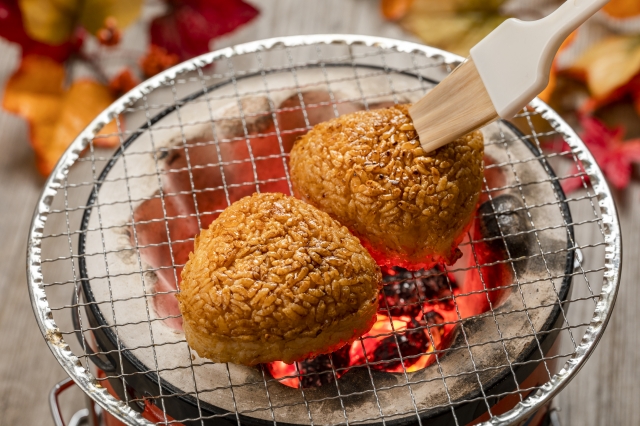
How It’s Made:
- Form the rice into a typical onigiri shape (usually triangular or round).
- Place the rice ball on a hot grill or frying pan.
- Brush the surface with a sauce (usually soy sauce, miso, or a combination of both).
- Continue grilling, flipping occasionally, until the outside is crispy and slightly charred.
The result is a crunchy, flavorful crust with a soft and tender inside. Yaki onigiri can be eaten plain, but sometimes fillings like miso or pickled plums are added before grilling for extra flavor.
Variations in Sauce:
- Soy Sauce: The most common and basic seasoning for yaki onigiri. The soy sauce gives the rice a savory, slightly salty flavor, perfect for pairing with the crispy texture.
- Miso: Miso paste can be mixed with a little sugar or mirin (sweet rice wine) to create a sweet-salty glaze. Miso yaki onigiri has a richer, deeper flavor with a hint of umami.
- Butter and Soy Sauce: Some regions or restaurants add a touch of butter to their yaki onigiri, which enhances the richness and creates a smooth, buttery finish.
Where to Enjoy Yaki Onigiri:
Yaki onigiri can be found in some Japanese restaurants, especially izakayas (Japanese pubs), where they are often served as a snack or side dish. They can also be made easily at home using a grill or a non-stick frying pan.
Yaki onigiri is a perfect balance of crispy and tender textures, with the added layer of umami from the soy or miso sauce. It’s simple yet satisfying, offering a new way to enjoy Japan’s iconic rice ball!
These small differences make onigiri a fun way to experience Japan’s diverse food culture. Whether you’re in Tokyo or Osaka, you’ll find unique twists on this simple yet delicious snack!

